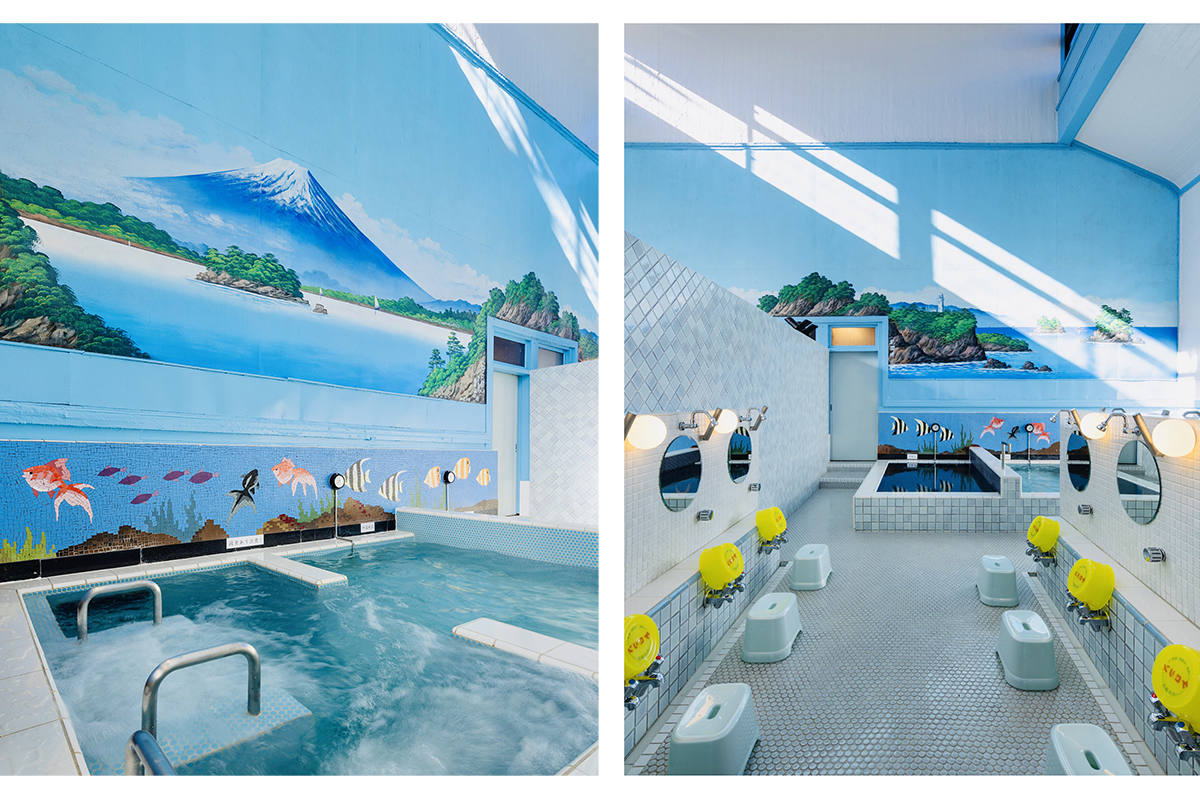 TENJIN-YU
TENJIN-YU

At the initial stage of the renovation project for Tenjin-yu, the client’s primary request was to “add a sauna to attract more users to the sento.” However, as the discussions progressed, I sensed some hesitation from the client about this idea. After revisiting the conversation from a more fundamental standpoint, the true intent of the client became clear. The underlying desire was “to retain the image of the old wooden sento as much as possible, even while changing the layout,” and it was evident that the client had a deep attachment to the existing space.
In simple terms, we shifted the project direction from “seeking new customer demographics and atmosphere” to “maintaining the traditional customer base and ambiance.” As a result, the plan to add a sauna was abandoned. We then redefined the design concept as “Anonymous Design ~ Inheritance of the Original Image of a Wooden Sento.” The term “anonymous” in this context refers to something “without a specific name” or “author unknown.” When viewing the historical space of the precious Miyazukuri-style sento that has weathered the passage of time, alongside the history and memories that Tenjin-yu has accumulated, I felt that the client’s request was undeniable. A sento without a sauna is, in its own way, still very charming.
That said, since this is a renovation project, we couldn’t simply “do nothing.” Severely deteriorated materials and equipment were extensively replaced and refurbished, and significant repairs and layout changes were made to the custom-made furniture, structural elements, and the arrangement of the bathing area. While the renovation touched upon almost all parts of the building, we prioritized the reuse and relocation of existing materials wherever possible. The design aimed to preserve the spatial image of a “typical Kanto-style sento.” In terms of details, we focused on material selection for new parts to match the existing ones, carefully balancing the overall space through the design process.
As a result of the project’s direction—preserving the retro sento atmosphere and charm created by the “author unknown” feel of the pre-renovation Tenjin-yu—the design of Tenjin-yu has become one of the most “anonymous” among our company’s projects. The original landscape of traditional wooden sento, which has now become rare, is one of the many attractive aspects that I hope to preserve for the future.






